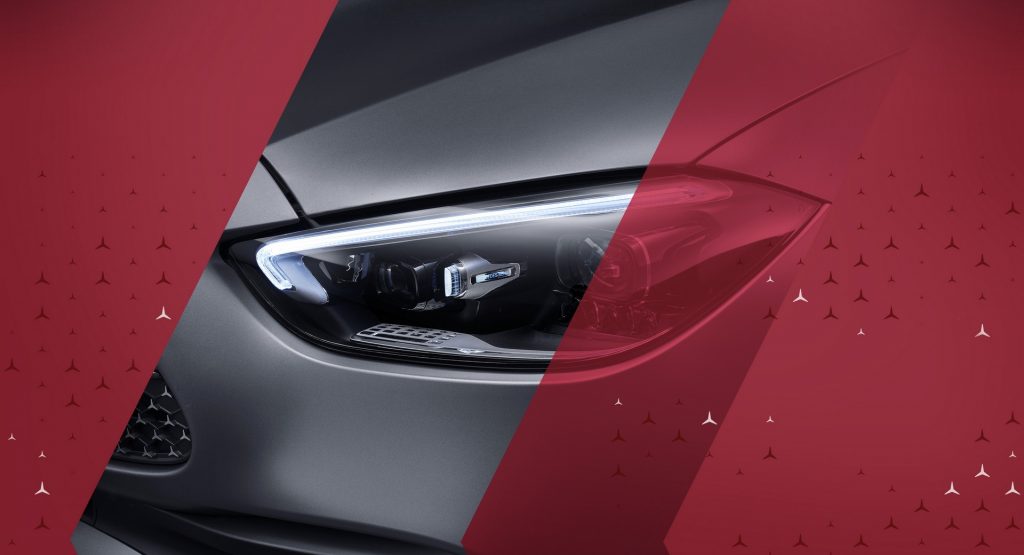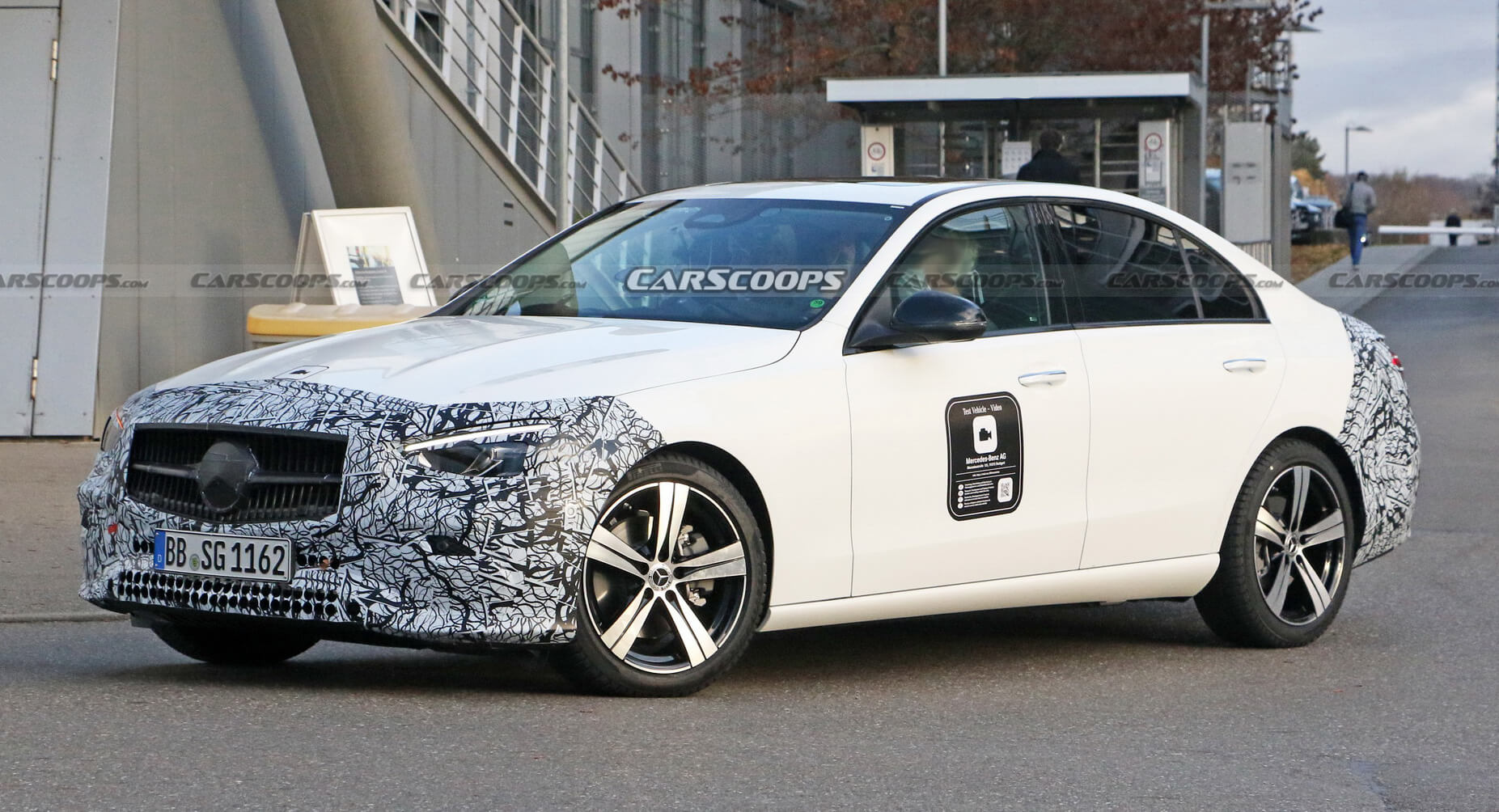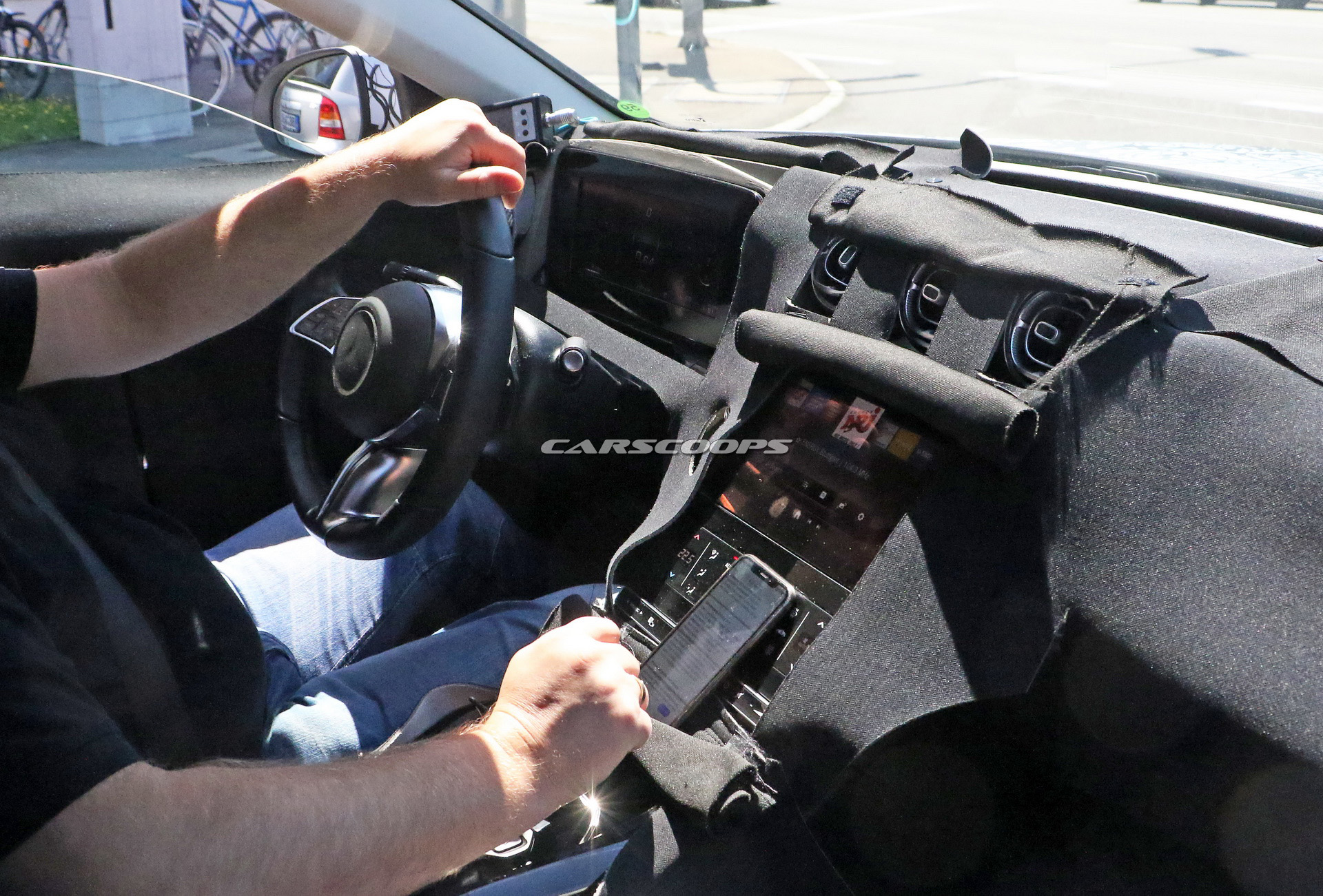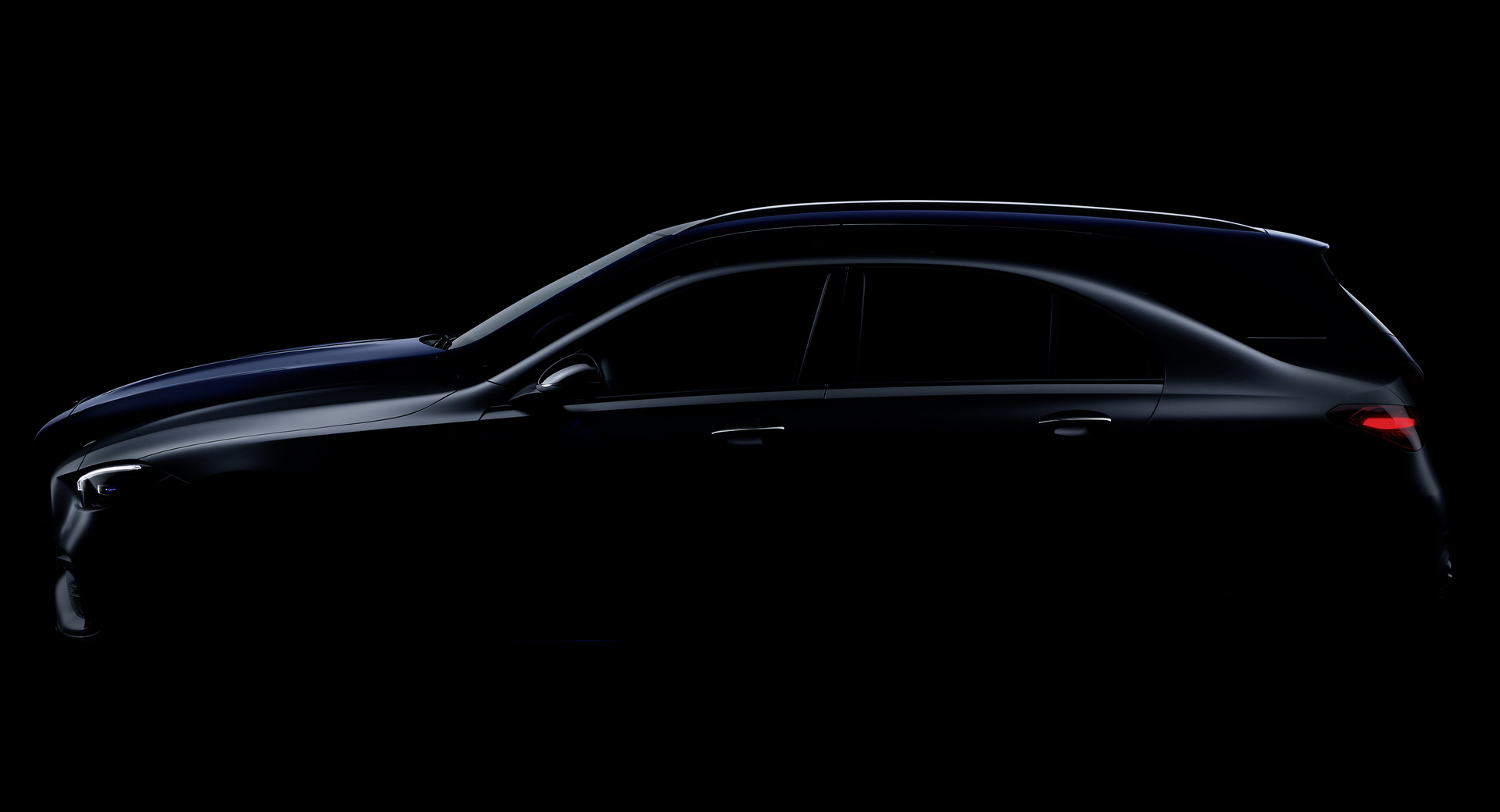Mercedes’ chief engineer, Christian Früh, has revealed that handling and packaging were behind the brand’s decision to drop the 6-cylinder engine from the C-Class lineup.
We’ve all heard and processed the news that there will be no C-Classes (not even AMGs) offered with a V8 in the upcoming generation. Emission regulations being what they are, the reasons for Mercedes’s decision are clear. What’s less obvious, though, is why the straight-six had to go, too.
Speaking to Germany’s Automobilwoche, Früh revealed that the 3.0-liter engine would have been too big of a compromise. The engineer says that to accommodate the larger engine, the front end would have had to grow by 50 mm (nearly two inches).
Worse still, the heavier engine would have increased the load on the front axle, which has negative impacts on handling. The power advantage that the straight-six would have offered is also overrated, according to the engineer.
“Performance-wise, we have more than made up for the difference between the four- and six-cylinder engines through the plug-in hybrid models,” Früh told Automobilwoche. “Besides a slight increase in smoothness, these engines have significantly better efficiency.”
Read More: Official: 2022 Mercedes-Benz C-Class Coming February 23 With Electrified Powertrains Only
Every C-Class will be electrified to some degree, Mercedes revealed this week. Cars on the lower end of the range may receive mild-hybrids while the higher-end models will be plug-in hybrids.
For fans of Mercedes’ rear-wheel-drive dynamics, though, there’s good news. Mercedes will continue to mount the engine longitudinally, rather than installing it transversely. The space-, complexity- and cost-saving advantages of mounting an engine sideways can’t make up for the “indisputable” performance advantages of a traditional longitudinal setup in the premium class.
Advantages “include superior traction, steering that’s completely free of driving influences, and a premium chassis with a correspondingly complex rear axle design,” said Früh. “The result is comfort, handling, stability driving characteristics that are clearly superior to a front-wheel-drive car.”
Fruh also revealed that although there are plans to introduce an electric C-Class at some point in the future, it won’t be any time soon, and might not even happen during this upcoming generation. He explains that although the engineers could have maybe stuffed enough batteries and motors into the car’s MRA platform to make an EV, that “would have distorted the DNA of the C-Class.”
He adds that although Mercedes’ Electric Vehicle Architecture could be used for the E- and the S-Class, the size and the budget of the C-Class mean that it can’t happen immediately.







